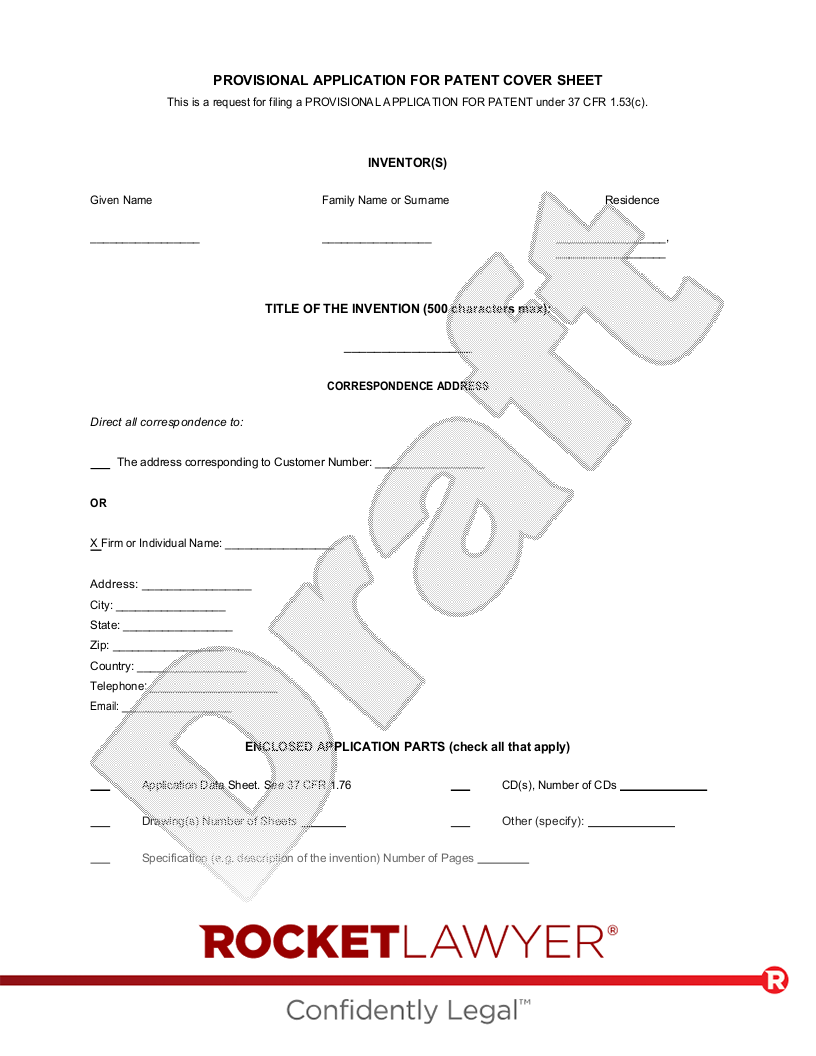Know the Different Types of Patents
There are three types of patents that you can obtain from the United States Patent and Trademark office (USPTO):
- Utility patents cover products and processes.
- Design patents cover ornamental design.
- Plant patents cover new types of plants you create.
While you can patent a broad range of inventions, there are limits. You can't patent abstract ideas, works of art, obvious solutions, inventions created specifically for illegal purposes, and inventions that were revealed more than 12 months before filing the patent application.
Understand the Patenting Process
Of course, the patenting process is not easy. A non-provisional patent application has to include all the relevant information about the invention, including technical specifications, drawings and photographs. In short, it must contain everything that is needed to understand the invention, design or plant. Your application is then examined by a USPTO examiner who decides if a patent is granted or rejected. In case of rejection, you can appeal the decision and amend the application. However, you should remember that the bargaining process is extremely long. In 2013, the average time between applying for a patent and the first Office Action (official response) was estimated at around 18 months, with the average total wait-time at 29 months. While the process was improved in comparison with the previous year (reducing the time by 17 percent and 10 percent respectively), it's still far from ideal. As such, you can estimate that you'll receive a patent within three years if all goes well. If your application is rejected and you have to appeal the decision, however, you can likely add another year on top of that. The situation is even worse in crowded categories such as software or electronics. In this case the waiting times can easily double.
Remember the Extent of Protection
A patent gives you numerous rights. The most important is a monopoly on using the patent, which excludes others from making, using, selling or importing the patented invention into the United States. If someone infringes on your patent, you can take legal steps against them under patent law. Remedies for infringement can include injunctions and damages. However, patent protection is not infinite. The term of a utility and plant patent is 20 years and a design patent lasts 14 years. Once the time runs out on the patent, it expires and the invention becomes public.
Don't Forget the Time Limits of Patent Protection
It is important to note that protection under patent law does not begin until the patent is actually granted. When it is, the starting point is set at the date of filing the patent application. Anyone who knowingly infringed upon your patented invention during that time is then liable, but no sooner. Informing others about potential liability is a crucial requirement for them to actually be liable. The usual method is to use the mark on the invention stating "patent applied for" or "patent pending". After it is granted, the notice is replaced by the patent number.
Consider the Costs of Patenting
The ugly truth of patents is that they're expensive. While the USPTO varies the fees depending on the size of the applicant (large entities pay the full fee, small entities half, micro entities a quarter), they can still be prohibitively expensive. The basic filing fee in 2014 is $280 and that's just the start. You also have to cover the examination ($720) and search ($600) fees, on top of your patent attorney's fees. And once you obtain the patent, the road is still not clear for utility patents. The USPTO requires maintenance fees to be paid at regular intervals to uphold the patent. These come at the 3.5-, 7.5-, and 11.5-year mark, costing $1,600, $3,600, and $7,400 respectively. Even for small and micro entities, a patent is going to be expensive. Still, the benefits may easily outweigh the costs, since a patent can be a valuable commodity.
Don't Forget the Provisional Patent Application
The Provisional Patent Application establishes an earlier filing date, and gives you 12 months to submit a Non-Provisional Application to the USPTO. While it will never mature into a patent on its own, it is useful in case you want to ensure you don't lose your patentability rights, either because of a lack of time to prepare the full Non-Provisional Application, or because of disclosing the invention to the public.
Please note: This page offers general legal information, not but not legal advice tailored for your specific legal situation. Rocket Lawyer Incorporated isn't a law firm or a substitute for one. For further information on this topic, you can Ask a Legal Pro.
